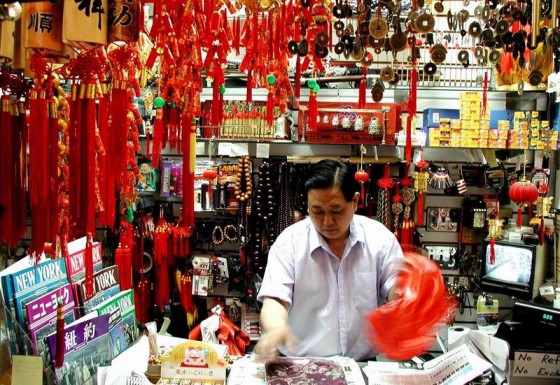
Most visitors to New York City prefer to visit the East Side of Manhattan. Some eventually prefer the ‘far east’ side.
Chinatown New York occupies a small area of lower Manhattan. It serves as an enclave for immigrants. It has retained its distinct and cultural personality.
There are numerous Chinatown hotels beginning with those on Canal Street. From the storefronts, business has spilled out on the sidewalks as well. It is important to learn the art of bargaining as it is very handy in this area.

Some of the items and knickknacks sold on Canal Street are common such as watches and wallets. However, some of the stores located on the southern side sell genuine Chinese goods.
There is nothing in the world that can beat Chinese cuisine and home remedies. A trip to these aisles will give you a brief glimpse into the world of unique fruits and roots.
Genuine rice bowls, chopsticks, and tea are the most popular items for shopping. The restaurants are the hallmark of Chinatown New York. There are nearly 300 of them. This means food, food and more food! The majority of travelers flock to Chinatown New York to savor authentic Chinese cuisine. The surrounding atmosphere and ambience is pulsating. The majority of the restaurants are located in the thin and winding streets of Mott and Mulberry. This street is slightly below Canal Street. In comparison with other regions of New York, Chinatown closes relatively early.
Establishing restaurants became an important business by the 1890s. The Chinese Exclusionary Act, which was passed in 1882, barred many Chinese from acquiring citizenship. They were accustomed to just a handful of occupations.

Presently, Chinatown New York serves more as a community rather than a mere tourist hotspot. It is home to nearly 30% of the entire Chinese community present in New York City. A giant statue of Confucius was sent as a gift by the Chinese Consolidated Benevolent Association in the year 1976. The statue is placed before Confucius Plaza, which is a public housing development. The base of the statue is covered with marble. The statue has inscriptions that are carved. They comprise the writings of the ancient Chinese sage. They are available both in Chinese and English.
Most of the fresh fish comes from Fulton Street. The fish makes it way to the market that offers unique Chinese ingredients. Local residents, too, need to eat. Some of the markets serve these local residents, who work extremely hard. Street stalls offer spectacular merchandise for travelers. Tons of fresh produce make it to the stalls of local vendors.
Chinese culture beats other cultures hands down. However, McDonald’s has become bilingual and is a symbol for world culture. Seeing is believing. And if you want to truly experience the culture at Chinatown, you would have to rush here immediately.